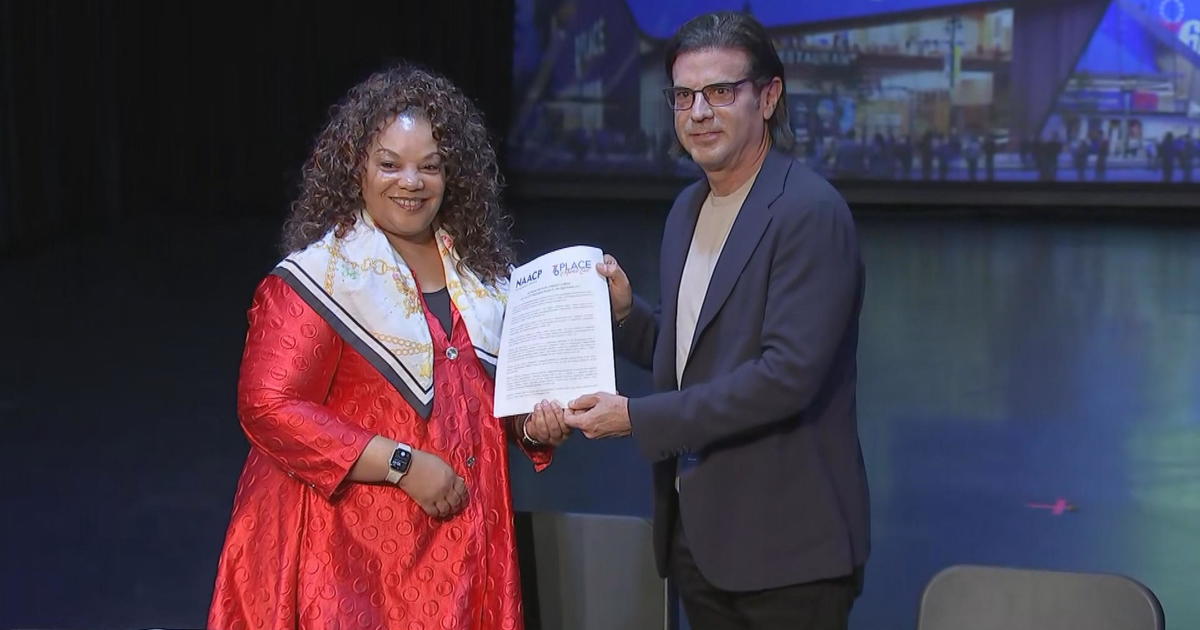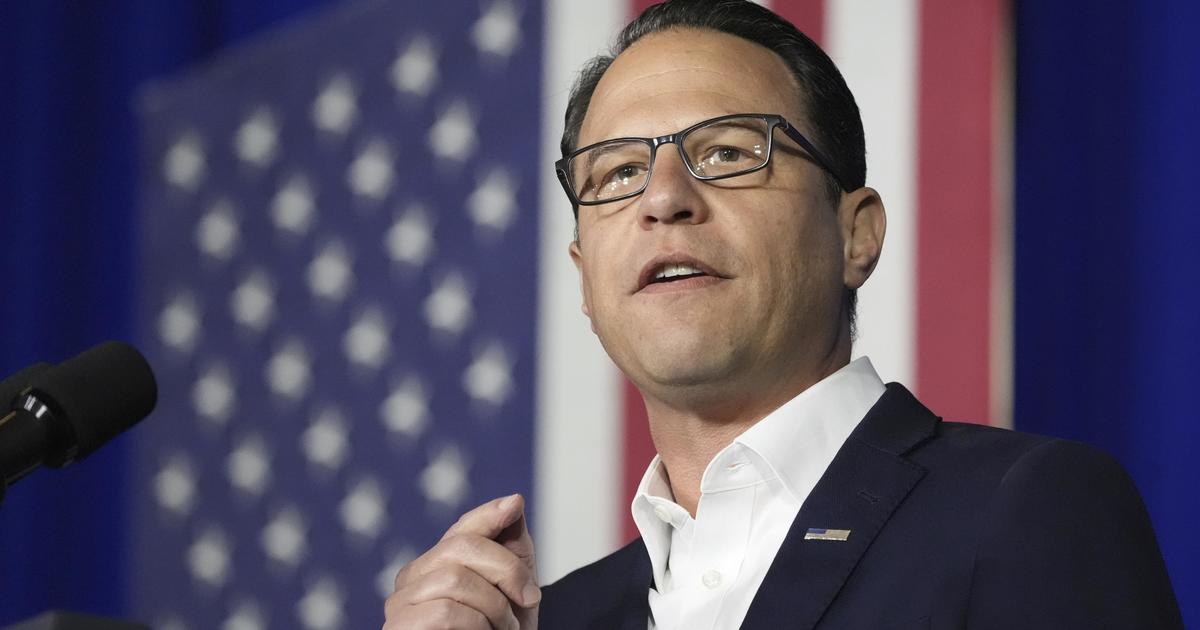What Might A Second Stimulus Payment Look Like For You?
(CBSNewYork) -- A second stimulus payment grows more likely by the day, with coronavirus surging in many parts of the country and the fate of the economy hanging in the balance. It would be part of a broader rescue package that could include tax breaks and other incentives for businesses.
The U.S. reported 60,000 new cases of the virus on Tuesday, a single-day record that helped push the overall total past three million the next day. Texas reported a record 10,000 new cases; Florida reported an additional 7,300 cases of its own. Positive test rates in 28 states exceed the five percent threshold that experts consider safe for reopening businesses.
The unemployment situation continues to improve. While 1.3 million Americans filed for first-time benefits last week, that number is down from the previous week. June figures, though still high, continued a downward trajectory from a peak in April.
Unemployment is a lagging indicator, a look at the past rather than a look at the present or future. Many states have recently paused or pulled back on plans to reopen businesses. Those include Arizona, California, Colorado, Florida, Michigan and Texas, which account for one-third of the country's overall economy.
These broad public health and economic conditions will affect a possible second stimulus payment. As deliberations on the next rescue package continue among our leaders, let's look at what the different payment options would mean for individuals.
- The government could forego a second direct stimulus payment. Individuals would not receive any additional money as a direct payment. Efforts would focus on helping businesses hire workers and stay afloat.
- Individuals could receive a one-time payment of $1200. The House passed the HEROES Act in mid-May, a $3 trillion bill that includes aid to state and local governments, hazard pay for front-line healthcare workers and student debt forgiveness among other things. The Senate remains uninterested in moving it forward.
- Individuals could receive some amount more than the $1,200 put forth in the HEROES Act. President Donald Trump made this reference in a July 1 interview.
- Senators Kamala D. Harris, Bernie Sanders, and Ed Markey have proposed ongoing monthly payments. Under their proposal, every individual, including children, would receive a monthly payment of $2,000 until three months after the pandemic ends. The payment would be available to individuals making less than $120,000 per year.
- Representatives Ro Khanna and Tim Ryan have also proposed ongoing monthly payments. Under their plan, every individual above 16 years old with an annual salary below $130,000 per year would receive $2,000 per month for up to 12 months.
With a wide range of possibilities, how this all nets out remains to be seen. In a comment earlier this week, Senate majority leader Mitch McConnell referenced a possible annual income cap of $40,000 to receive a stimulus payment. Other Republicans want to incentivize people returning to work. All of this could complicate matters further. But as the economy shudders under the weight of a worsening pandemic, the need for additional relief individuals continues to grow.
The need will intensify if the reopening of the economy turns into a re-closing. Spiking case numbers indicate that possibility. A possible deadline looms at the end of July, when the additional $600 in weekly unemployment benefits, as supplied by the federal government in the CARES Act, stops. At that point, the nearly 21 million people currently collecting unemployment will see their incomes drop significantly. If nothing replaces, it the effect on consumer spending will ripple through the economy for months to come.



